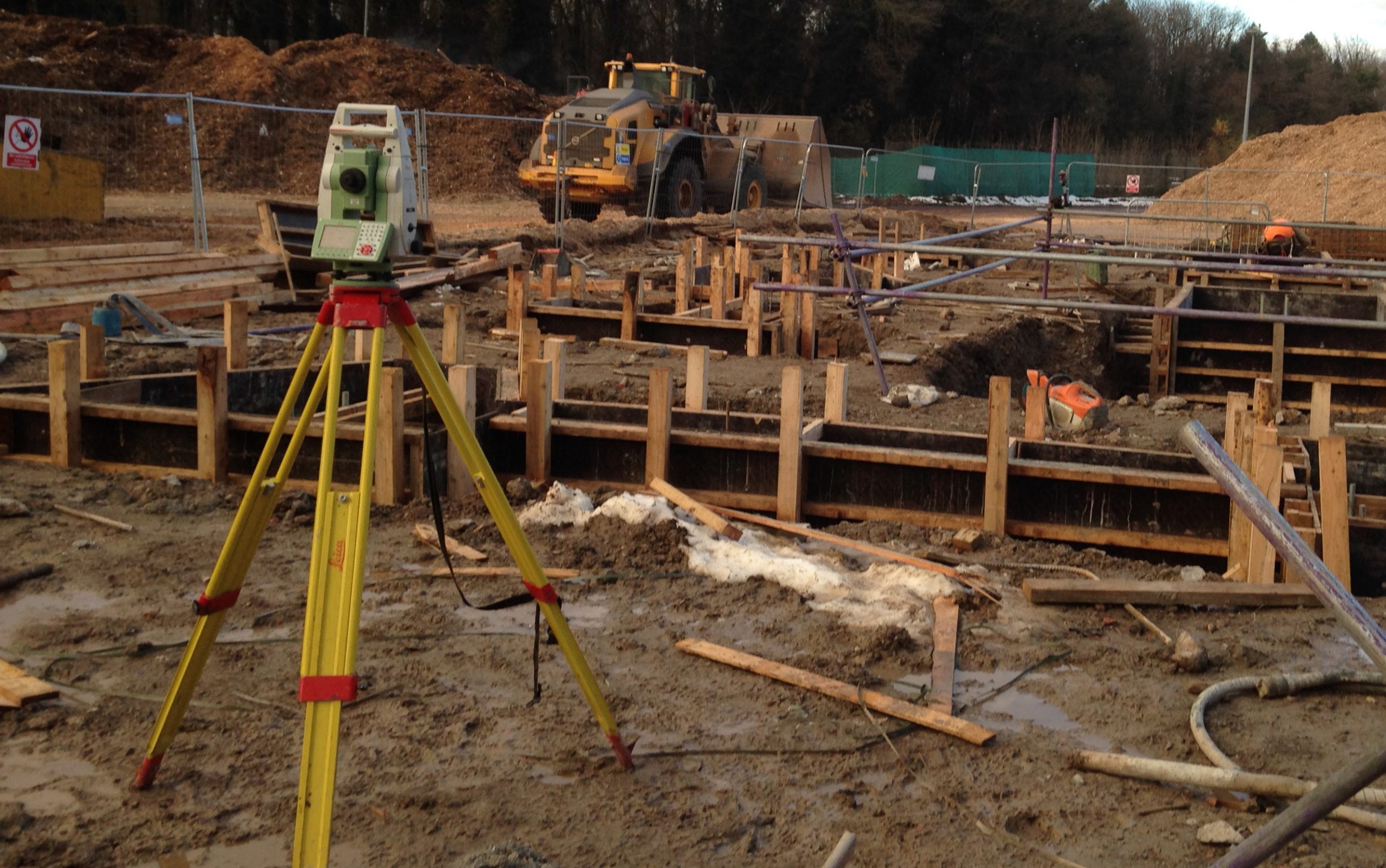Summary of Construction Stone Structures
Construction stone structures are building works made using natural stones as the primary material. Stones are among the oldest and most durable construction materials, valued for their strength, resistance to weather, and natural beauty. They are commonly used in foundations, walls, bridges, dams, monuments, and decorative works.
The selection of stones depends on their physical and mechanical properties such as strength, hardness, durability, porosity, and resistance to weathering. Common types of stones used include granite, limestone, sandstone, marble, slate, and laterite.
The construction process with stones involves preparing the site, selecting suitable stones, dressing and shaping them, and assembling them with or without mortar. Traditional methods such as dry stone masonry and modern approaches using cement mortar are both applied depending on the type of structure.
Stone structures are significant for their:
-
Strength and stability – capable of carrying heavy loads.
-
Durability – resistant to fire, pests, and weathering.
-
Aesthetic value – offering natural texture and appearance.
However, they can be costly, heavy to transport, and require skilled labor for shaping and laying.
✅ In short: Construction stone structures are durable, strong, and aesthetically pleasing works built with natural stones, widely used in both traditional and modern architecture, but requiring skilled workmanship and careful material selection.

